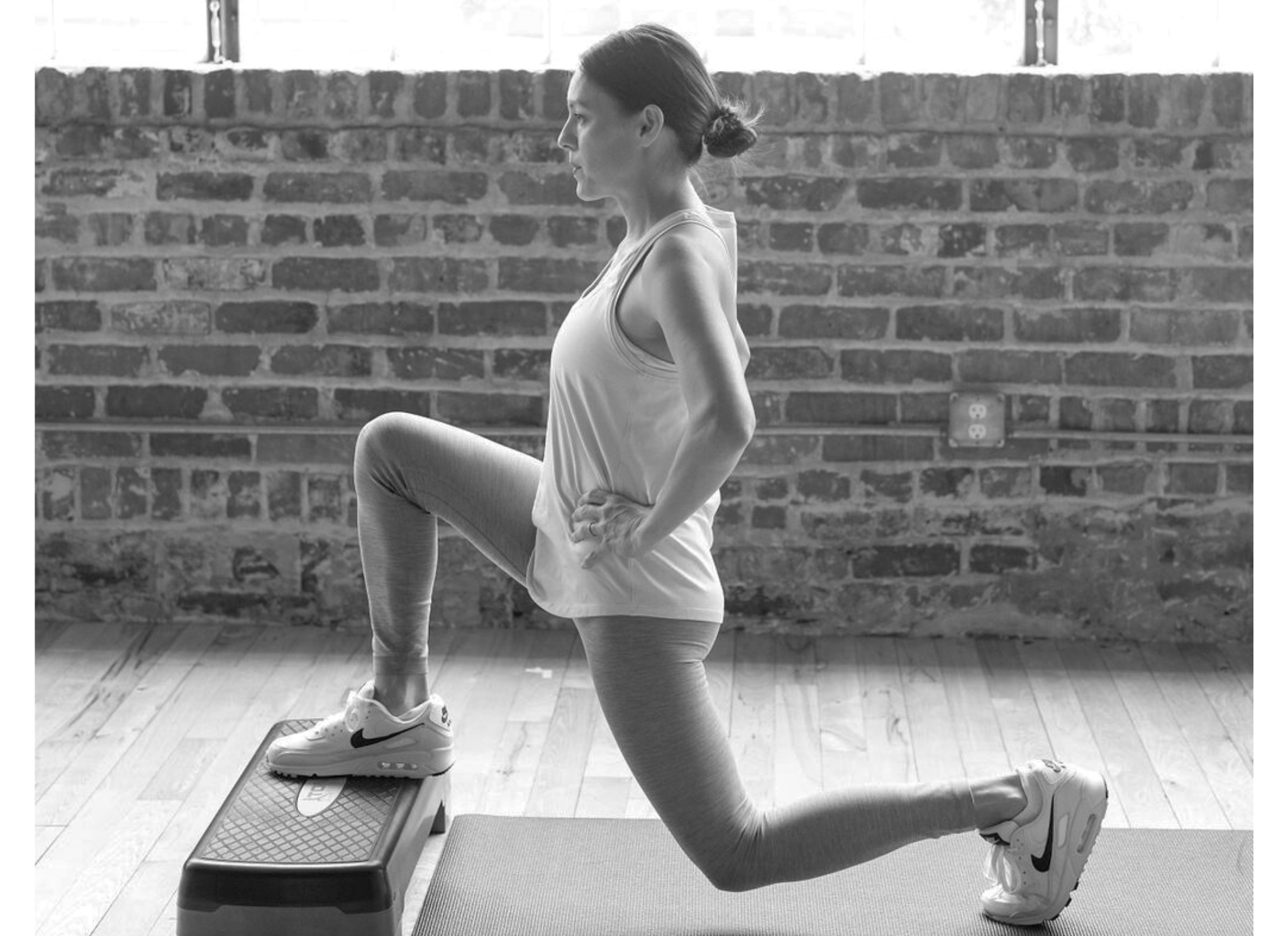Just had a baby and wondering when you can get back to your high intensity workouts? We get it. Finding low impact HIIT exercises postpartum is slow and steady.
What is High Intensity Interval Training (HIIT)?
High Intensity Interval Training (HIIT) consists of alternating bursts of high impact, maximum effort activity with short periods of rest or low intensity activity. Participants typically repeat this process for several rounds.
HIIT workouts save time and provide a great full body workout. They only take 30 minutes and can boost metabolism for 24 hours. This type of exercise helps burn calories, decrease body fat, boost blood flow, lower blood pressure, and increase metabolism.
Tabata workouts are a type of high impact exercise. However, you can make any workout high intensity by adding intense bursts.
Starting HIIT workouts postpartum
HIIT workouts are a good choice for postpartum moms who want a quick and effective workout. Keep in mind that exercise will look different from pre-pregnancy – and that’s okay!
Returning to low impact HIIT postpartum is not one size fits all. What’s important is that you understand the principles for safe and effective progression. And that you have properly healed and started restrengthening your pelvic floor and core engagement after baby.
Let’s break down postpartum exercise into two keywords: windows and strategy.
Windows of return to postpartum HIIT
A good general rule is to wait at least three months before returning to high impact HIIT sessions. An even better strategy is to give yourself a longer amount of time, not a drop-dead date.
Three to six months is an appropriate window to first consider adding HIIT back into your routine. Maybe longer if you are experiencing signs and symptoms of pelvic floor dysfunction or other disability during that time.
Listen to your body
Pelvic floor dysfunction is a potential indicator that your body requires more healing and activity modifications before performing high intensity activity. We want to avoid injury or worsening symptoms for our pelvic floor muscles.
If you experience any of these symptoms after the first 6-8 weeks postpartum, consult a pelvic health professional.
- Leakage of pee or poop
- Difficulty pooping or rectal pain
- Painful sex
- Pelvic and/or low back pain
- Heaviness, pressure, bulging in the vagina
Risk factors for postpartum pelvic floor dysfunction
- Breastfeeding or Lactation
- Scar Tissue (cesarean or perineal)
- Pre-existing pelvic floor issues
- Pre-existing hyper-mobility condition like Ehlers Danlos Syndrome (EDS)
- Postpartum depression or mood disorder
Set realistic expectations
Using a window instead of a set date can motivate people, especially after giving birth.
A window accounts for variations in your personal needs and lifestyle that will affect your performance. It avoids unnecessary disappointment when you feel like you have failed to meet a deadline.
Windows of return also help take the pressure off unrealistic expectations and comparisons to others. We assess fitness and health by looking at personal progress over time, rather than using strict timelines and comparisons.
It can be unhealthy to compare postpartum workouts. Use time windows to allow needed flexibility for your personal considerations with a new baby and changing body.
Strategy to return to HIIT postpartum
A general strategy for your workouts is to first increase the volume and duration of activity, then the intensity.
This allows your body to improve cardiovascular endurance, muscle mass, and neuromuscular coordination first – helping build body strength back. It then can improve the automatic coordination of pelvic floor and core response to increasingly higher intensity demands.
Advancing to the next level is generally okay when your current level of activity feels manageable. Ensure pelvic floor symptoms are not present during or after the activity.
Each exercise below starts at the lowest intensity option and progresses to the full HIIT style expression.
Example of Low Impact HIIT Workouts
Exercise 1: Jump Rope
- Alternating hops x 1 min intervals – work up to 10 min
- Single unders x 1 min intervals – work up to 5 min
- Double unders x 10 sec intervals – work up to 1 min
Exercise 2: Box Jumps
- Step ups x 1 min – work up to 10 rounds
- Explosive step ups x 1 min – work up to 10 rounds
- Small box jumps x 1 min – work up to 10 rounds
- Medium box jumps x 1 min – work up to 5 rounds
- Tall box jumps x 30 sec – work up to 5 rounds
- Box jumps (med to tall height) as fast as possible x 30 sec – work up to 5 rounds
Exercise 3: Tabata Workout
- Non-impact (toe-ups instead of jumps, walk in/out of the burpee, etc.)
- Full impact with pause between each repetition
- Full impact normal timing, but moderate the pace (steady pace, but not AMRAP)
- Full impact with longer rest phases
- Normal workout (full impact, normal timing, AMRAP)
** AMRAP = as many reps as possible
Modify to progress
Strategy includes how to change it if you have any problems with the activity.
Feeling pain and leaking urine does not mean that you are objectively weak or broken. It does mean that something needs to change so that your body can handle the task.
Sometimes it will be appropriate to stop or hold off on the task, but you may not need to completely stop or regress. Try modifications first.
This is where working with a qualified healthcare or fitness professional will come in handy. This person can assess you and help you find the right modifications to keep you active and progressing.
How breastfeeding affects your pelvic floor
The hormones associated with breastfeeding also contribute to ligamentous laxity, decreased fat metabolism, and suppression of ovulation and menstruation.
These things are NORMAL during regular frequent breastfeeding, and are not necessarily effects of high intensity exercise.
Remember to consider this when thinking about your first year after giving birth. This will help you avoid having unrealistic expectations about weight loss, getting back to working out, and period cycles.
Consider working with a pelvic health therapist specializing in prenatal and postpartum fitness, who has advanced training and education.
The V-Hive membership can help! Start your 7 day free trial of our postpartum strengthening program for step-by-step guidance on rebuilding your core and pelvic floor after birth.




